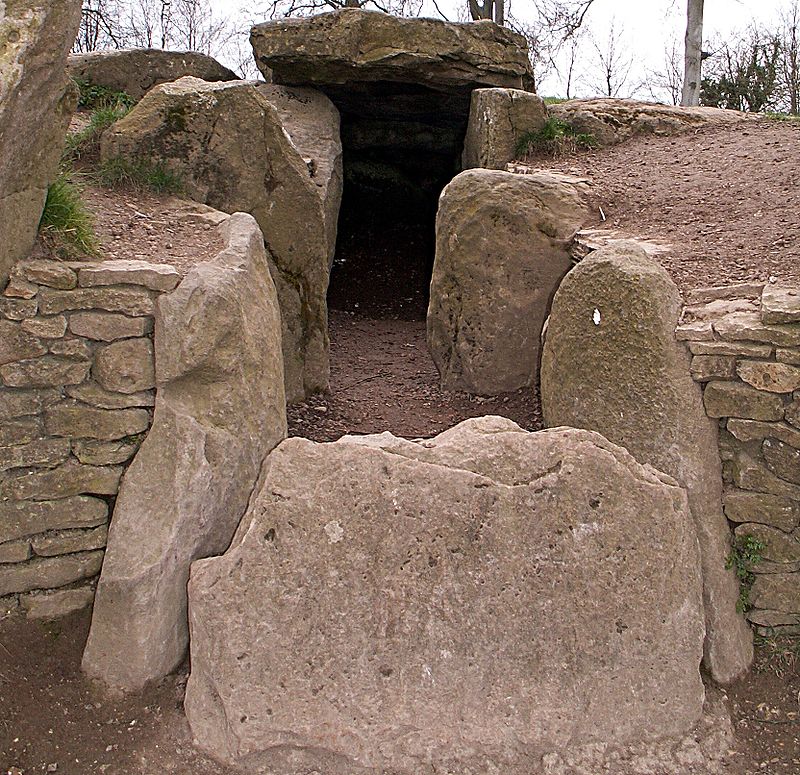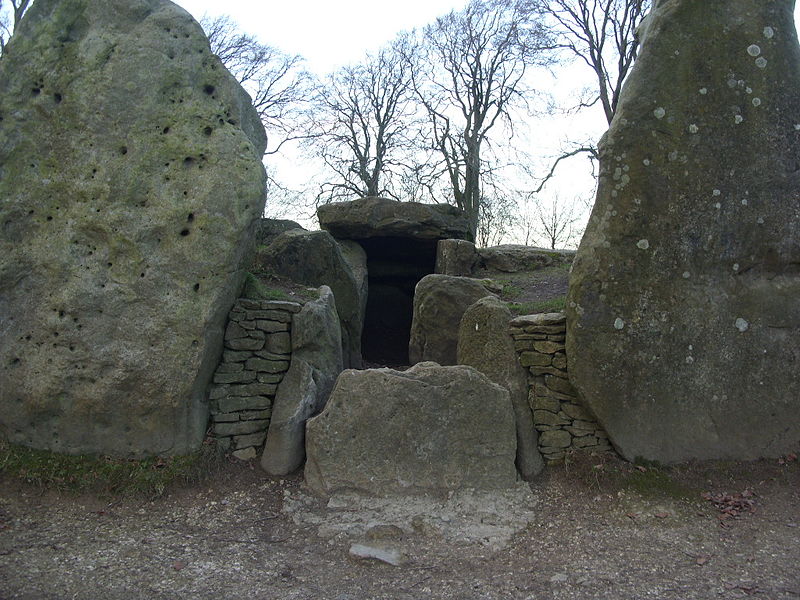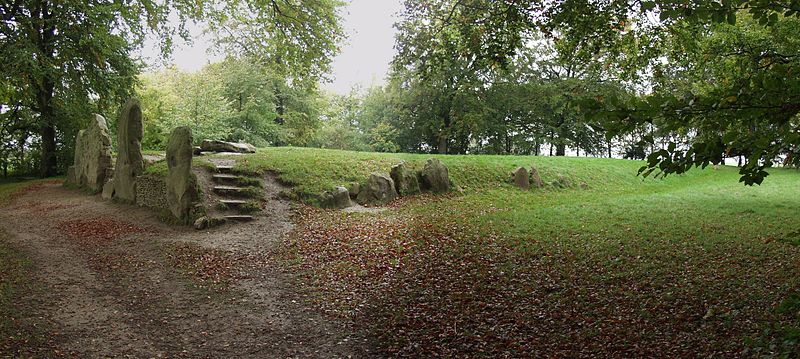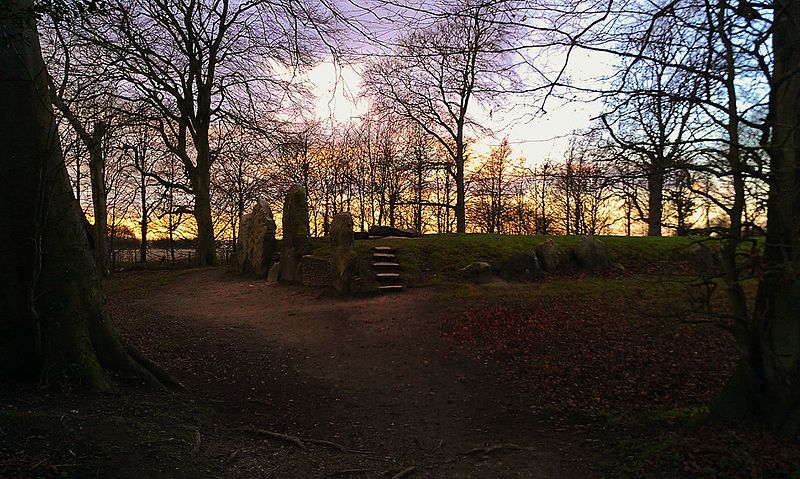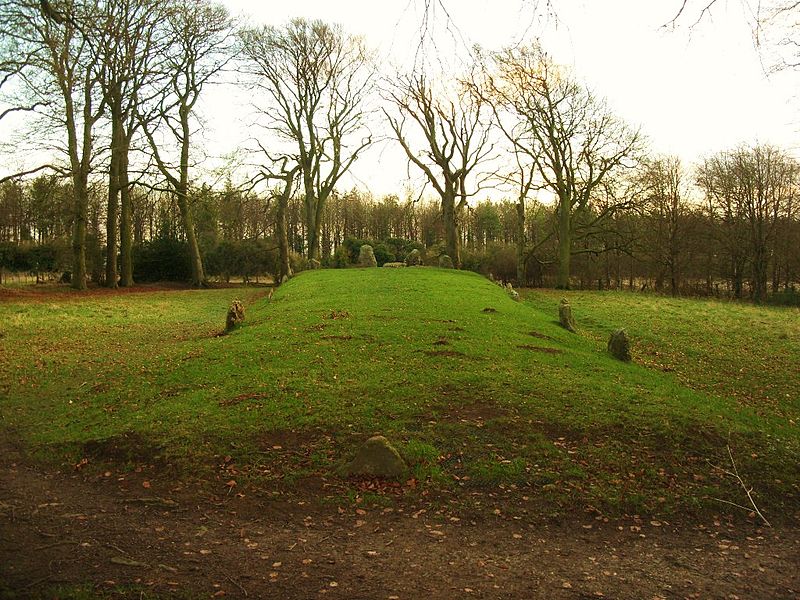Wayland's Smithy
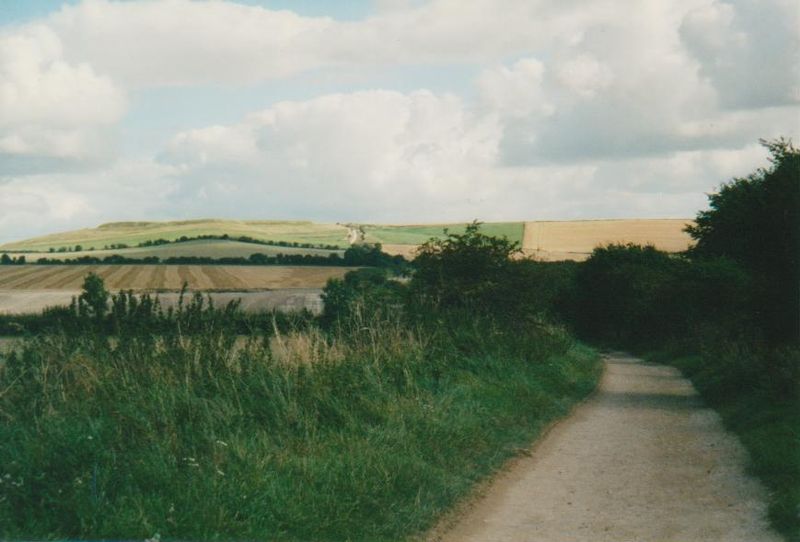
Facts and practical information
Wayland's Smithy, nestled in the verdant landscape of Oxfordshire, United Kingdom, is a site steeped in ancient history and folklore. This Neolithic long barrow and chamber tomb, dating back to approximately 3,600 BC, is a testament to the architectural acumen and spiritual beliefs of prehistoric communities.
The site, named after Wayland, the Saxon god of metalworking, is shrouded in myth. Legend has it that a traveler leaving a horse and a coin overnight would find, by morning, the horse shod and the coin gone. This tale of the invisible smithy has enchanted visitors for generations, adding a layer of mystique to the archaeological significance of the monument.
Wayland's Smithy stands as a remarkable example of early prehistoric construction. The long barrow is flanked by sarsen stones, with a passageway leading into a burial chamber. Excavations have revealed the remains of at least 14 individuals, offering invaluable insights into the funerary rites and social structures of Neolithic Britain.
Wayland's Smithy – popular in the area (distance from the attraction)
Nearby attractions include: Uffington White Horse, Uffington Castle, Dragon Hill, Cotswold-Severn Group.


